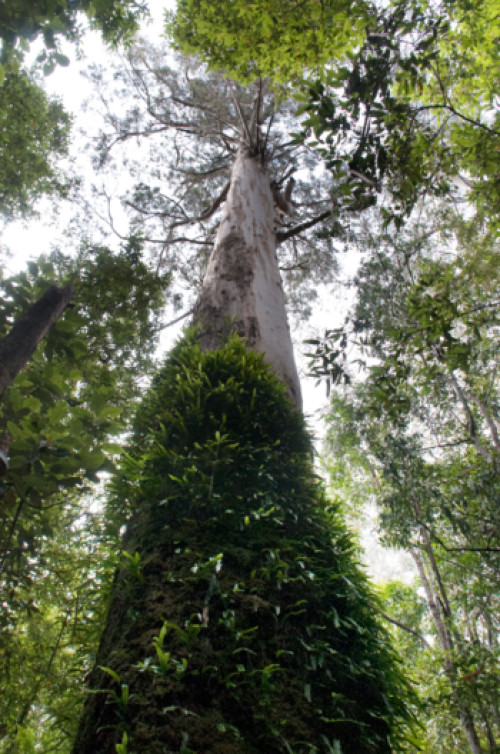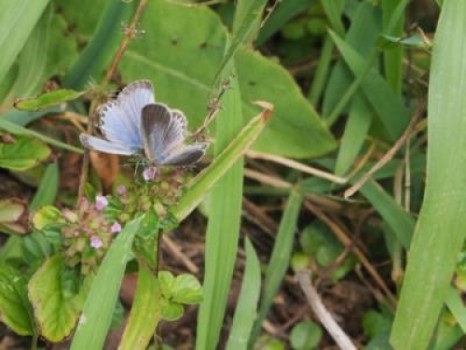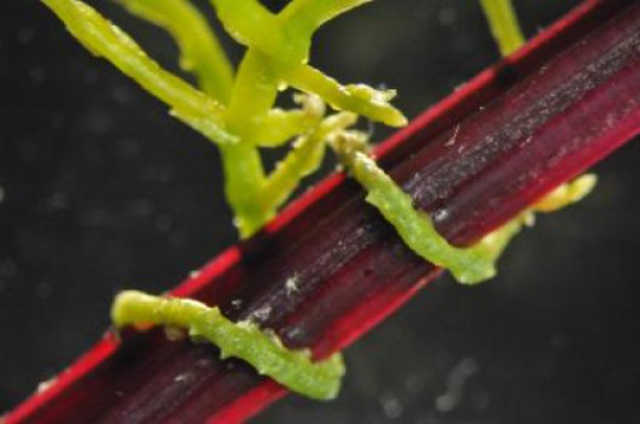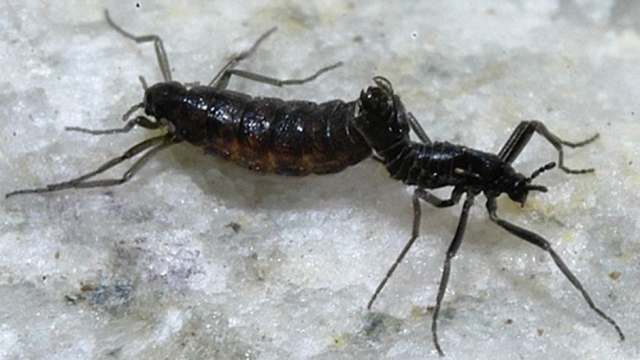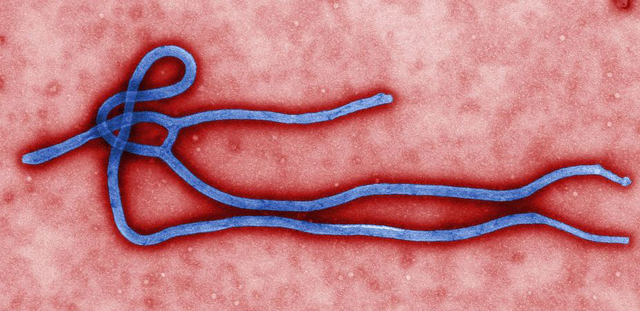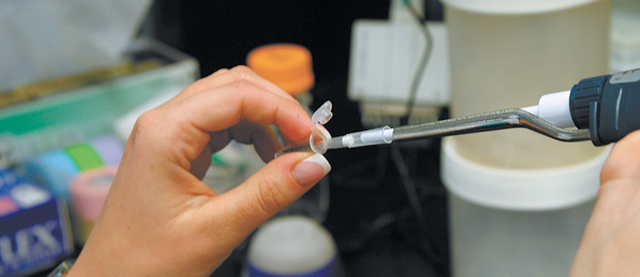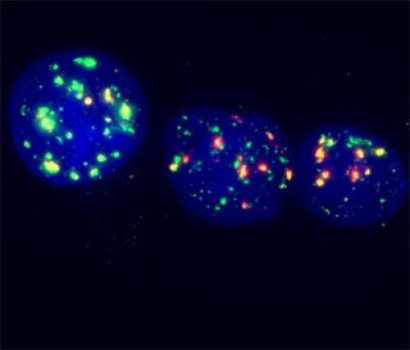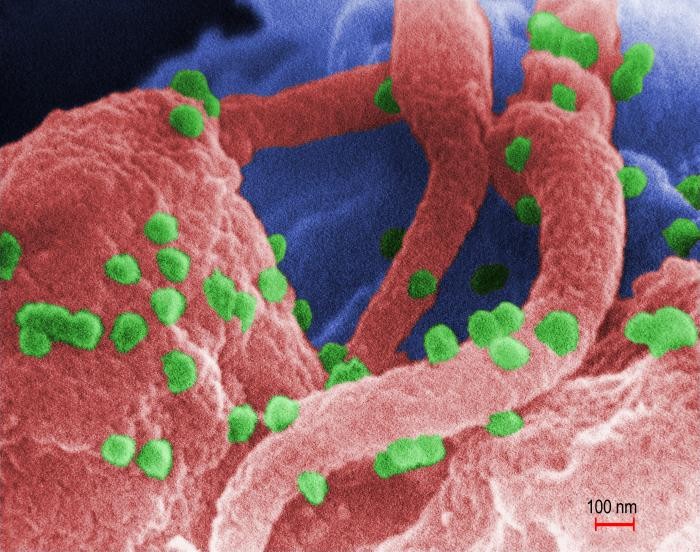Laboratory-grown replacement organs have moved a step closer with the completion of a new study. Scientists have grown a fully functional organ from transplanted laboratory-created cells in a living animal for the first time. The researchers have created a thymus -- an organ next to the heart that produces immune cells known as T…
Read more
Scientists grow an organ in an animal from cells created in lab


